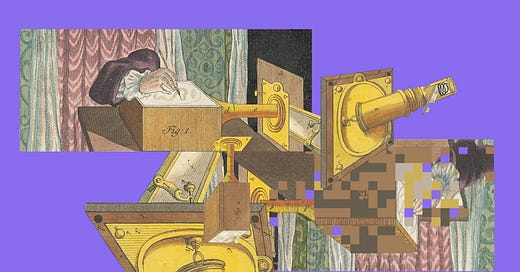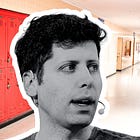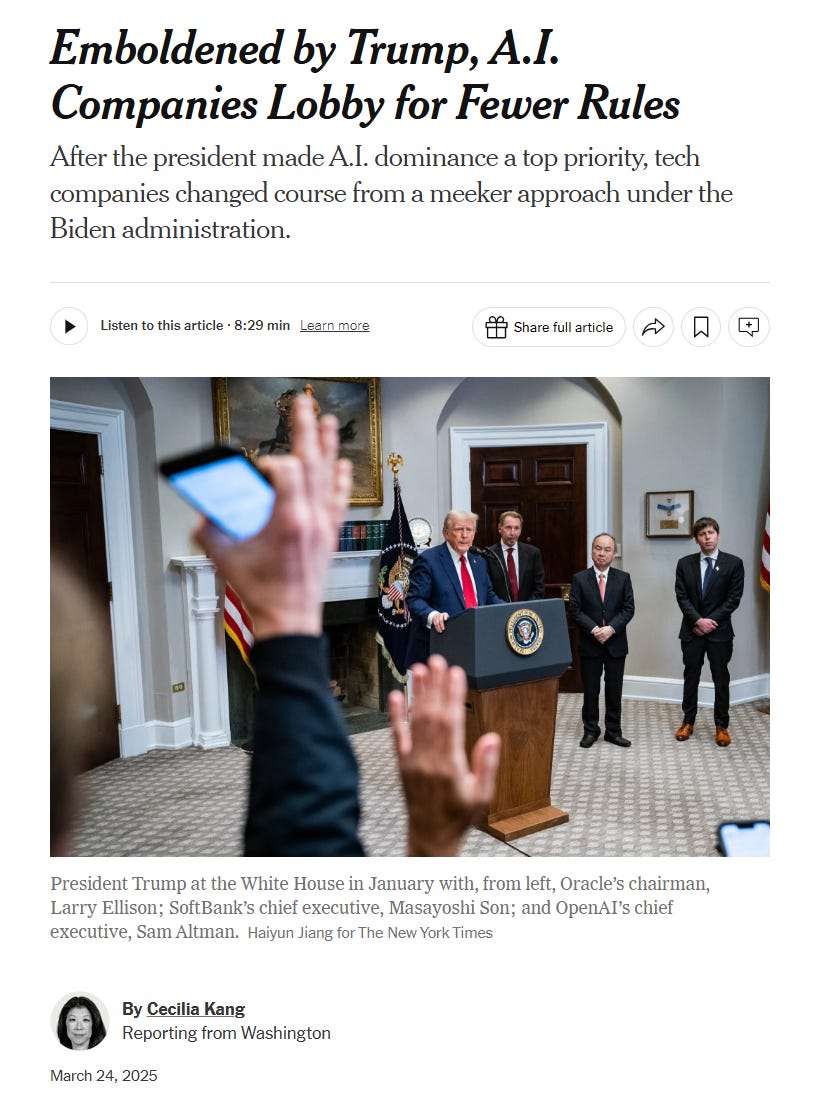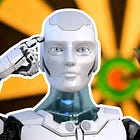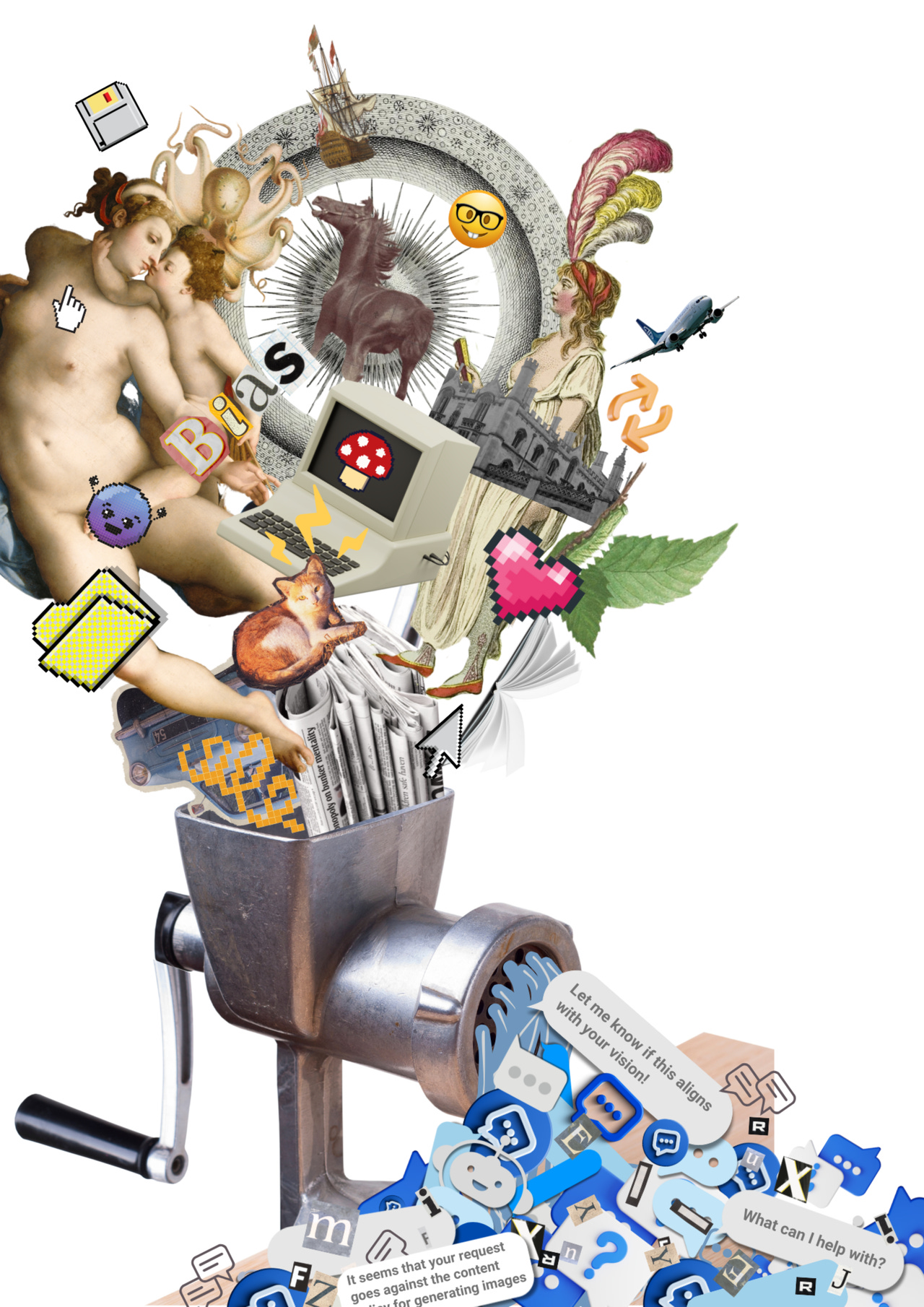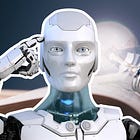Resources For National AI Literacy Day
Information, not unbridled enthusiasm, about generative AI.
Happy National AI Literacy Day!
What is this day? Whatever it may be, let’s focus on literacy rather than promoting generative AI.
❓ What is National AI Literacy Day?
Today, Friday, March 28, 2025, is National AI Literacy Day. At least, according to the AI National Literacy Day website, a project of The Tech Interactive.
Teachers and students need critical thinking when considering messages about generative AI. For example, OpenAI is one of the event’s sponsors. They are not an unbiased party. I raised concerns about OpenAI’s practices and compatibility with P-12 education in May 2024.
OpenAI’s involvement in any AI literacy efforts is especially concerning, considering how they and other generative AI companies are seizing the current political climate to water down regulations. As The New York Times reported this week,
“In recent weeks, Meta, Google, OpenAI and others have asked the Trump administration to block state A.I. laws and to declare that it is legal for them to use copyrighted material to train their A.I. models.” - Cecilia Kang, Emboldened by Trump, A.I. Companies Lobby for Fewer Rules, The New York Times, March 24, 2025.
See “Generative AI Literacy Through Art” below for more about OpenAI.
So please take any information from the National AI Literacy Day website with a grain of salt. However, the site says, “March 28th, 2025 will be a nationwide day of action focused on exploring the fundamental question, “What is AI?” Students and teachers should investigate that question. Here are some resources to help students and teachers understand generative AI.

Warning: A recent study found,
“People with lower AI literacy are typically more receptive to AI…efforts to demystify AI may inadvertently reduce its appeal…” - Stephanie Tully, Chiara Longoni, and Gil Appel, Lower Artificial Intelligence Literacy Predicts Greater AI Receptivity, Journal of Marketing, January 13, 2025.
🦜 The Seminal Generative AI Literacy Work - The Stochastic Parrots Paper
The best resource on Large Language Models (LLMs) is the paper "On the Dangers of Stochastic Parrots: Can Language Models Be Too Big?" 🦜, published in March 2021. The paper details how LLMs amplify bias and environmental racism. This is not surprising, considering that The New York Times has documented that most of generative AI’s financial backers are white and all are male.
Who’s Who Behind the Dawn of the Modern Artificial Intelligence Movement by J. Edward Moreno for The New York Times, December 3, 2023.
Most students and teachers are disinclined to read a dense academic paper detailing LLMs' harms and limitations. However, they can read MIT Technology Review’s article about the paper and one of its co-authors, Dr. Timnit Gebru.
We read the paper that forced Timnit Gebru out of Google. Here’s what it says. By Karen Hao for MIT Technology Review, December 4, 2020.
Additionally, New York Magazine published an extensive profile of one of the paper’s authors, Dr. Emily M. Bender.
You Are Not a Parrot, And a chatbot is not a human. And a linguist named Emily M. Bender is very worried what will happen when we forget this. by Elizabeth Weil for New York Magazine, March 1, 2023.
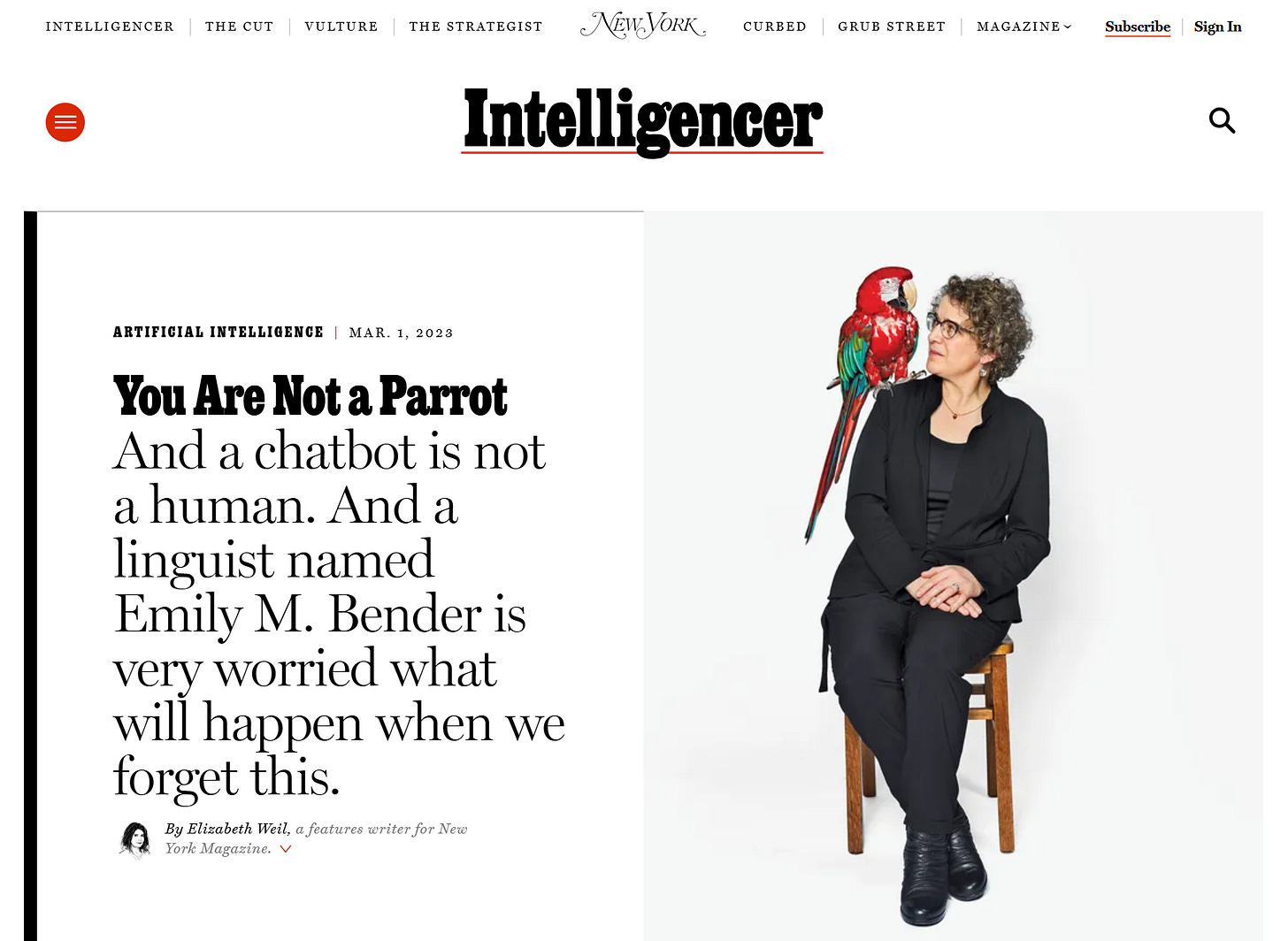
A good way to build AI literacy is by watching this debate between Dr. Bender and Dr. Sébastien Bubeck who works at OpenAI. The question debated is “Do LLMs Really Understand?”
📓 Generative AI Vocabulary and Specific Language
Here are some resources I have prepared and curated to help educators understand generative AI. These two posts define key terms related to generative AI and provide teachers with specific language when speaking with students.
Speaking of conversations with students, here are resources that help facilitate discussions with high school students about generative AI.
⚡ Generative AI Harms
Much has been written about the harms of generative AI. I presented a session about the harms of generative AI at the Week of AI virtual conference in May 2024. The presentation still holds up, though we need to add encouraging self-harm to the list.
🌎 Generative AI Environmental Impacts
There is so much information about a specific harm of generative AI: environmental damage. Hugging Face’s Environmental Impacts of AI Primer, by Sasha Luccioni, Bruna Trevelin, and Margaret Mitchell (one of the authors of the Stochastic Parrots paper), helpfully condenses this information. It includes hyperlinks, footnotes, and a glossary of terms.
In addition, I curated a list of resources to help teachers educate their students about the environmental impact of generative AI.
🎨 Generative AI Literacy Through Art
The Hugging Face environmental primer has so many resources that it introduced me to a generative AI literacy resource not based on environmental impact: Better Images of AI. This resource aims to teach about AI without relying on the typical images of robots that can obscure understanding. As you can tell from the links to posts in this essay, I am guilty as charged of using robots in images. Better Images of AI explains their purpose,
“Abstract, futuristic or science-fiction-inspired images of AI hinder the understanding of the technology’s already significant societal and environmental impacts.
Images relating machine intelligence to human intelligence set unrealistic expectations and misstate the capabilities of AI.
Images representing AI as sentient robots mask the accountability of the humans actually developing the technology, and can suggest the presence of robots where there are none.” - Better Images of AI.
What better way to learn AI literacy than human-created art? The art at the top of this post is Model Collapse by Nadia Piet, accessed from Better Images of AI. Here are two more of my favorite works from the site.
I follow University of Kansas English Professor Kathryn Conrad on Bluesky for her wise posts about generative AI. I was unaware she is also an artist. This piece shows that corrupted data can lead to problematic and potentially damaging outputs.
This is Ground Up and Spat Out by Janet Turra & Cambridge Diversity Fund. It shows how generative AI chops up and spits out words and images from the internet.
Using art to learn about generative AI is essential, considering ChatGPT’s new image generation features allow users to generate images “in the style of Studio Ghibli and Japanese animation legend Hayao Miyazaki, who famously called artificial intelligence “an insult to life itself” as documented by 404 Media.
Being AI literate means looking beyond a ChatGPT feature update to its consequences for actual humans. As Maiberg and Gault wrote in 404,
“ChatGPT’s Ghibli moment is notable…because it shows how far OpenAI, the company that started the current generative AI boom, and one that artists and publishers are currently suing for infringing on their copyrighted work, is willing to go in terms stealing from artists and content guardrails on its AI tools.” - Emanuel Maiberg and Matthew Gault, Hayao Miyazaki, Who Said AI Is ‘Insult to Life Itself,” Reduced to AI-Generated Meme by OpenAI, 404 Media, March 27, 2025.
🦉 Generative AI Experts
Teachers need authoritative experts who study generative AI and create helpful content. Here is a list of experts from varied perspectives on generative AI.
🗣️ Let’s Talk
I hope you find these resources helpful. What do you think? How are you teaching students generative AI literacy? What resources are you using? Comment or ask a question below. Connect with me on BlueSky: tommullaney.bsky.social.
Does your school or district need a tech-forward educator who recognizes the harms and limits of generative AI? I would love to work with you. Reach out on BlueSky, email mistermullaney@gmail.com, or check out my professional development offerings.
Post Image: This post’s image is by Model Collapse by Nadia Piet, accessed from Better Images of AI.
AI Disclosure:
I wrote this post without using generative AI. That means:
I developed the idea for the post without using generative AI.
I wrote an outline for this post without the assistance of generative AI.
I wrote the post using the outline without using generative AI.
I edited this post without the assistance of any generative AI. I used Grammarly to help edit the post. I have Grammarly GO turned off.


